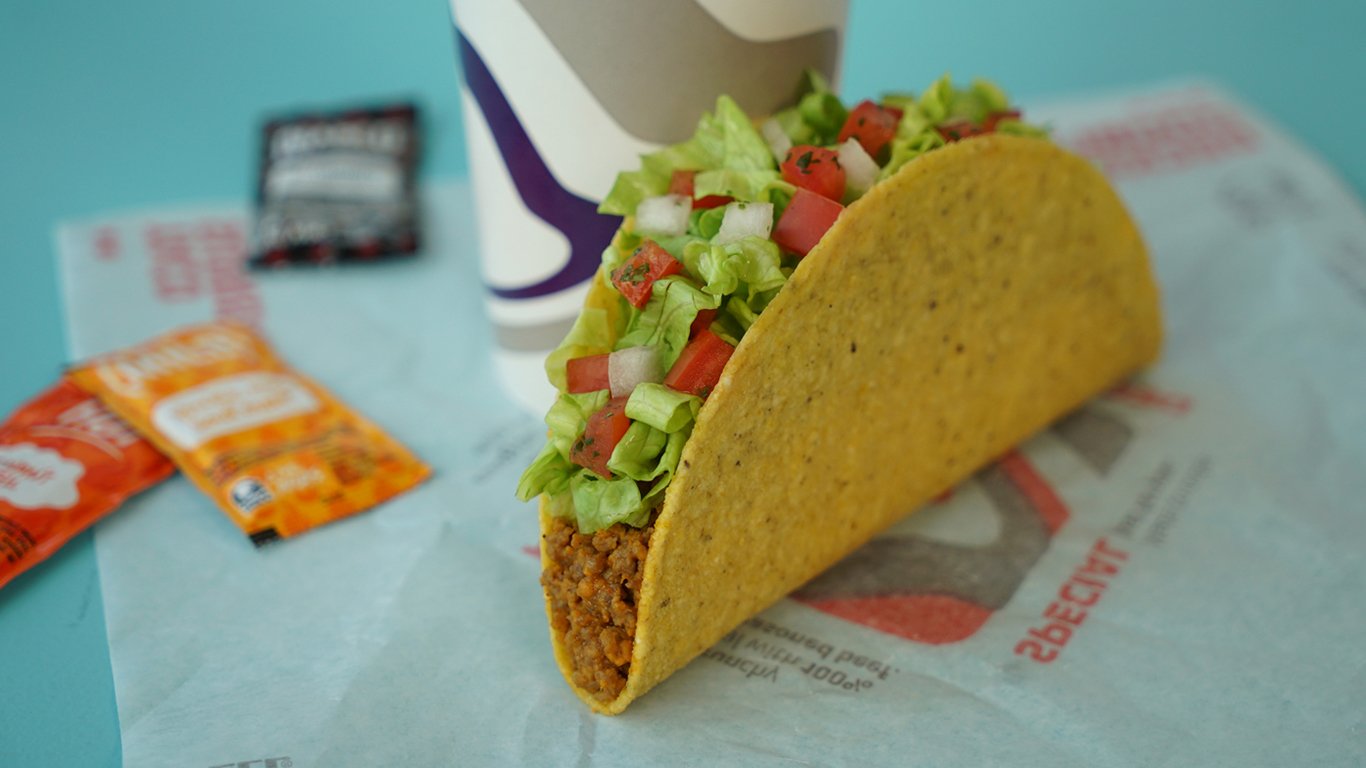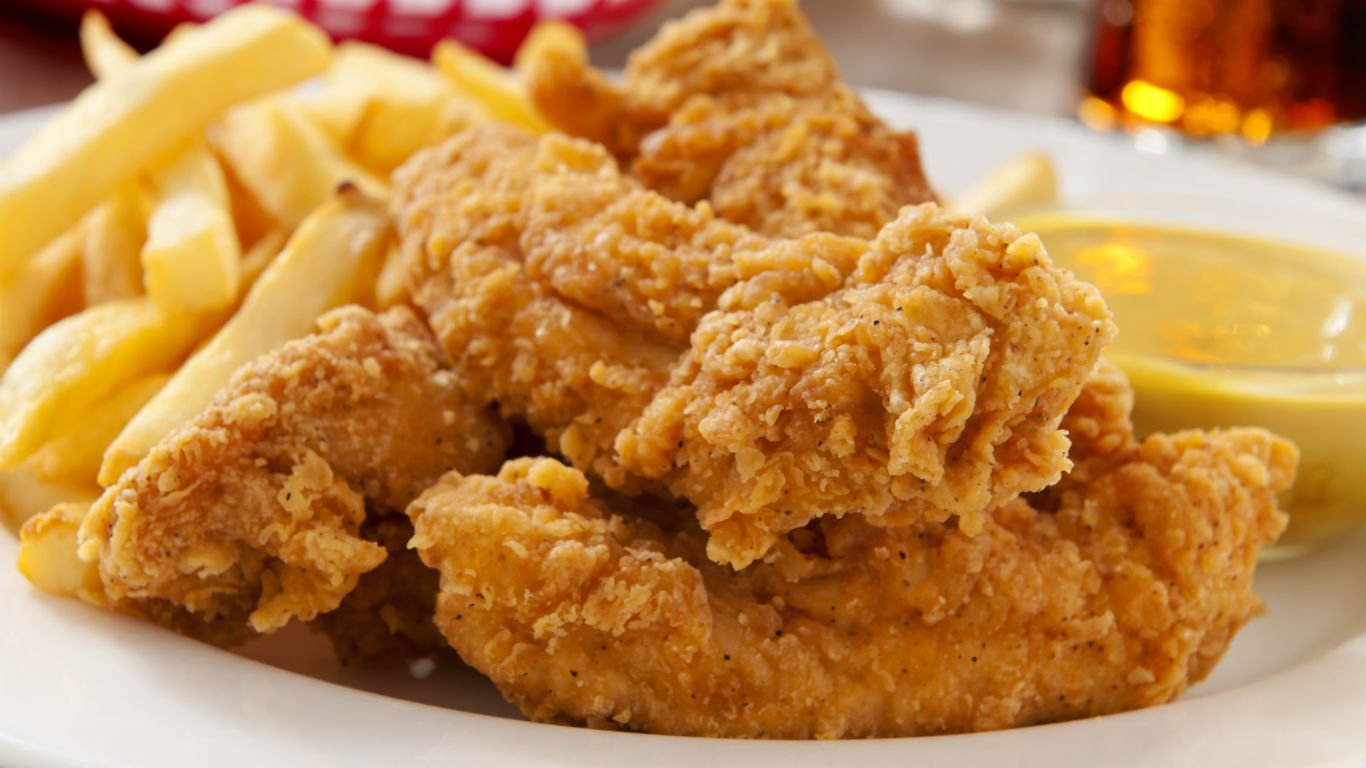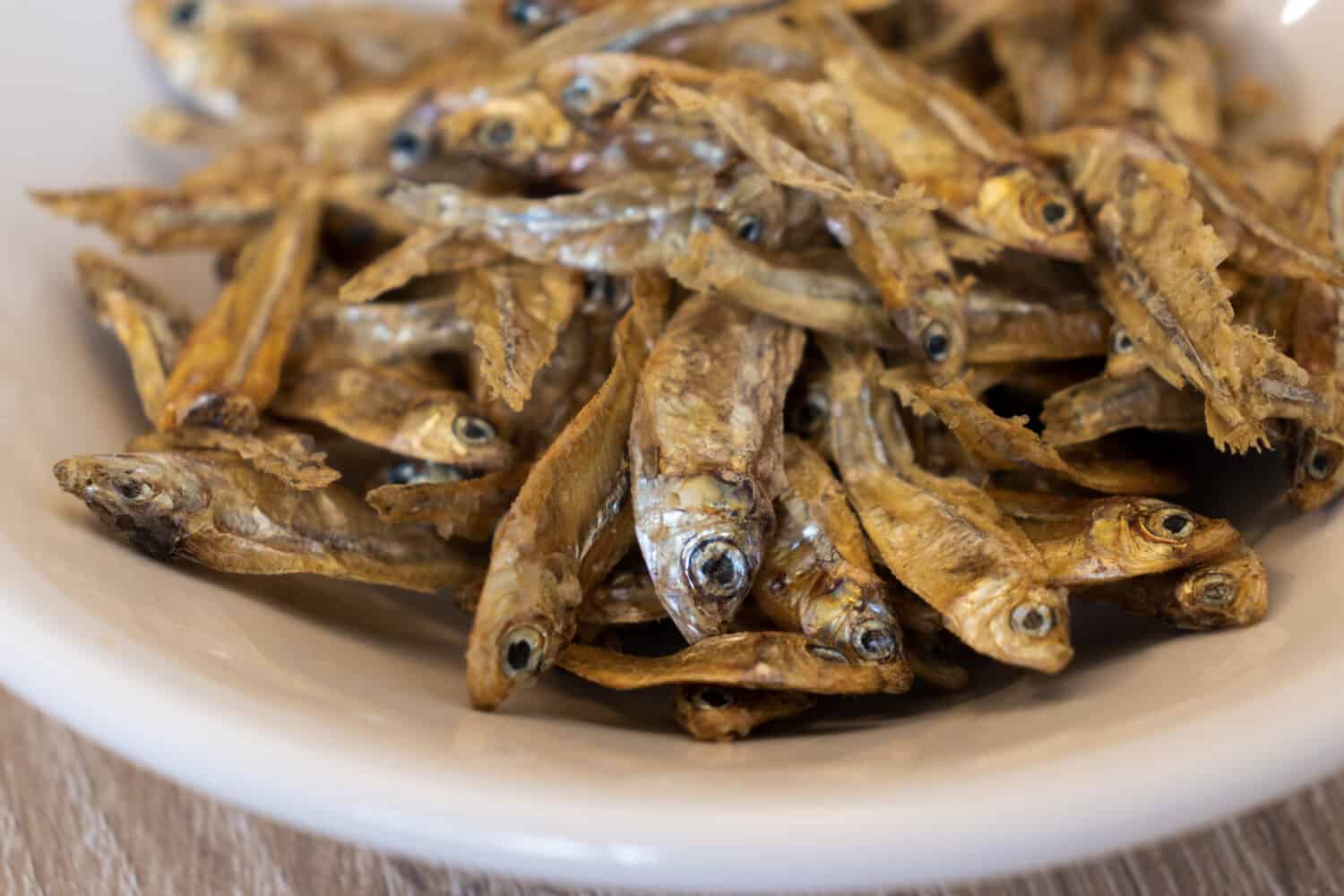

Here’s the thing about mass generalizations: They’re usually not that accurate. While researching the 11 Mexican dishes baby boomers (those born between 1946 and 1964) avoid ordering, I, a lifelong boomer, discovered a lot of misinformation regarding what millennials think about boomers and our drab palates. While I’m sure it’s true that your grandmother’s only seasoning was salt and the addition of black pepper made your great uncle sneeze and complain that the food was too spicy, that’s just a branch on the bland family tree. Another whippersnapper suggested that baby boomers love flavorless food as a result of growing up with war rationing. I don’t even know where to start peeling that onion.
From neutron bomb hot wings that left a fellow boomer heaving and sweating, to my ghost-pepper-loving boomer sister-in-law, some of us love the spiciest dishes available. The reasons boomers avoid certain menu items are as vast and varied as those of any other generation. Creating our list of 11 Mexican dishes baby boomers avoid we compiled data from Quora, any number of subreddits focusing on (trashing) boomer culture, restaurant reviews, casual conversations with Wilfredo, the manager of the neighborhood Mexican restaurant, and longitudinal data compiled from personal observation. So, grab your beano, order your favorite cerveza, and enjoy 24/7 Wall St.’s list of 11 Mexican dishes boomers avoid, presented alphabetically.
1. Cabeza de Vaca
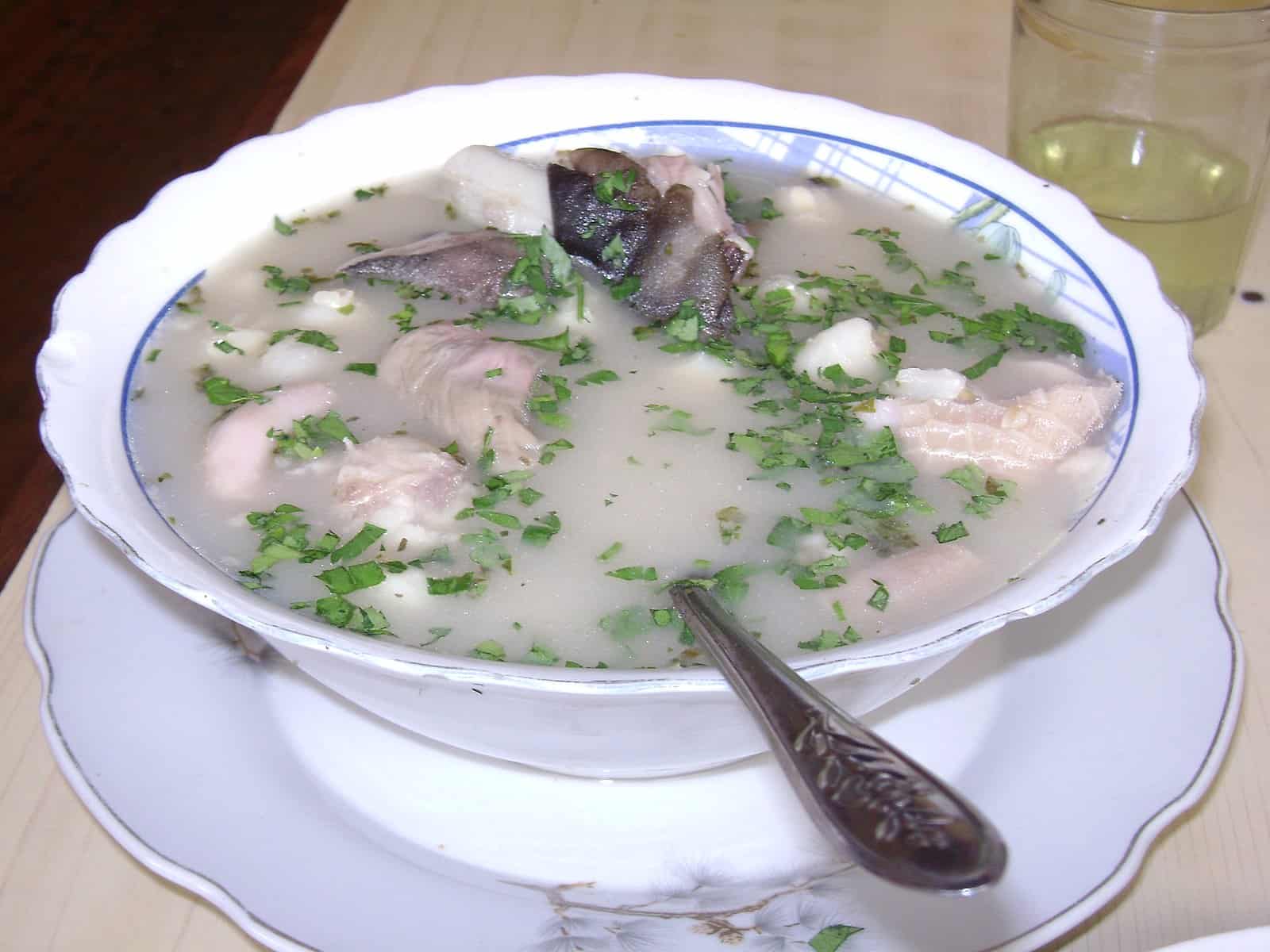
- Origin: El Bajio, Mexico (Mexican Lowlands)
- Literal translation: Head of the Cow/ Cow’s Head
It’s A No Brainer For Boomers
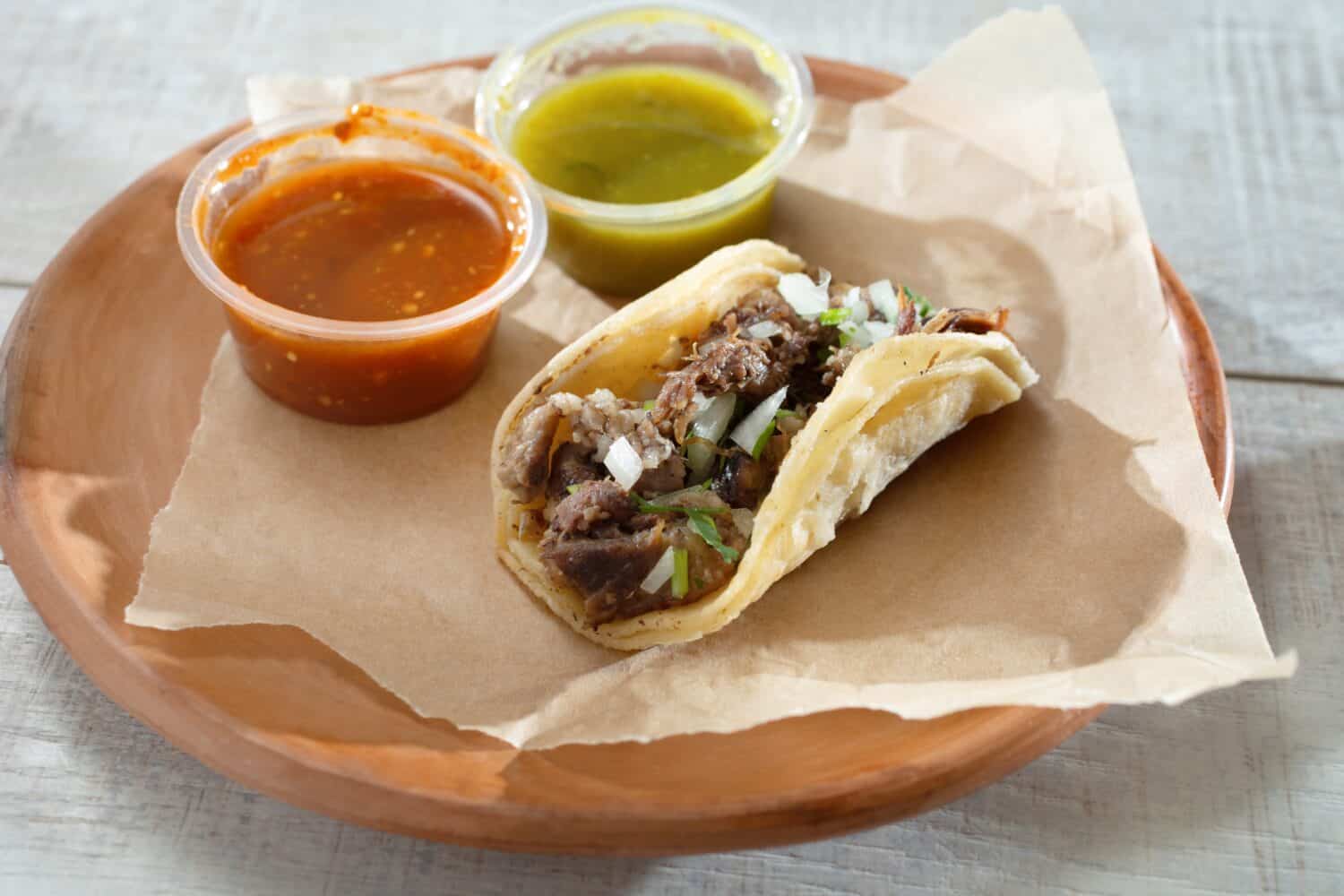
Plenty of boomers get a hankering for a bowl of brains every now and again, but for the most part, boomers avoid cabeza. Cabeza comes in many varieties including de vaca/cow, de cabra/goat, and de oveja/sheep. The boomers who do order cabeza likely grew up eating it or have adventurous palates. Fun Fact: Though brain-eating zombies have become ubiquitous in pop culture, the first instance of zombies noshing on brains was in the 1985 horror film Return of The Living Dead.
2. Chapuline

- Origin: Oaxaca, Mexico
- Literal translation: Grasshopper
Patience, Young Grasshopper
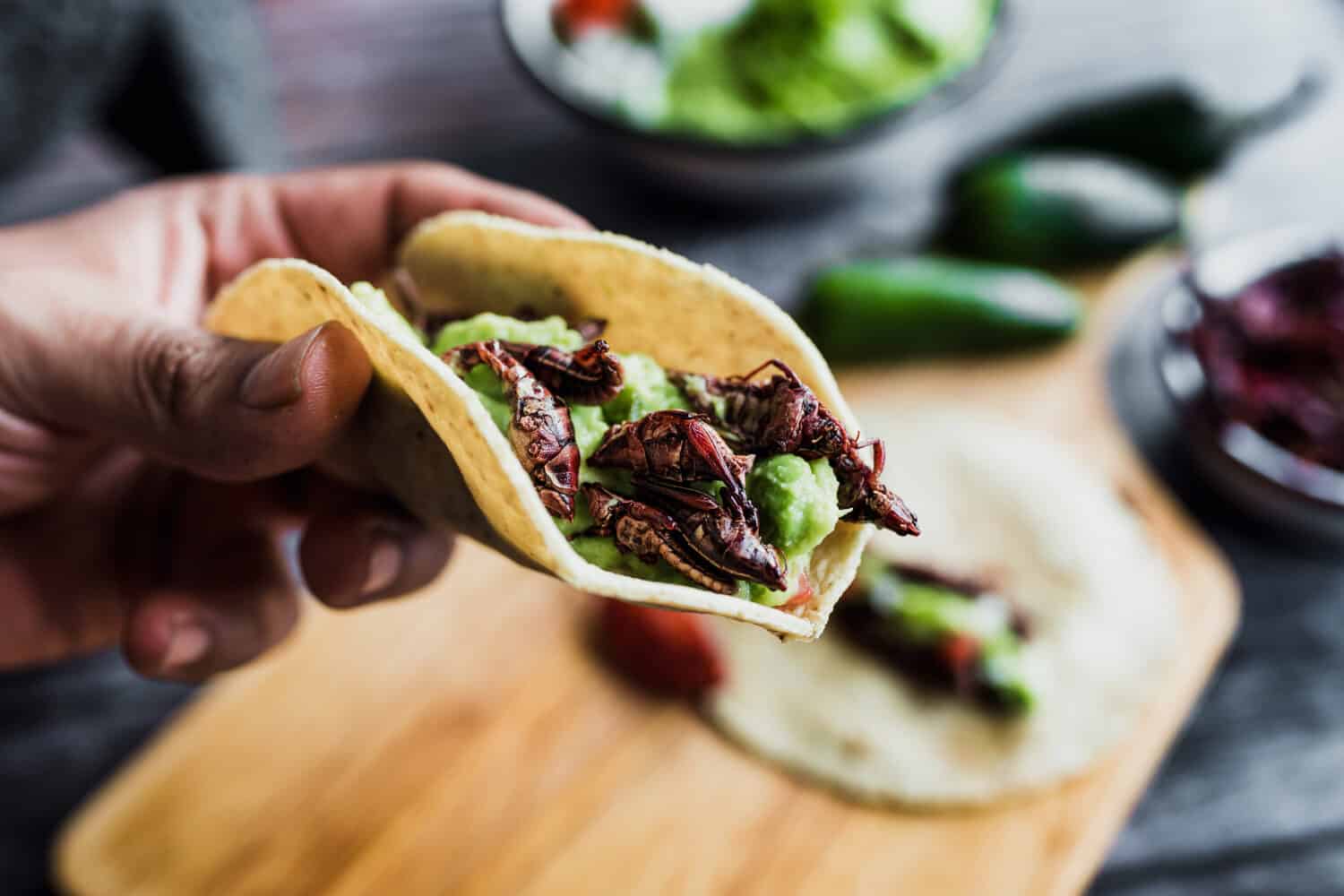
We may be old and have bland palates, but we got to see all of the classic rock bands live (in their prime), and we had higher-quality television programming. Like Kung Fu. The show centered on Kwai Chang Caine (David Carradine), a Shaolin master searching for his brother in the American Old West. In flashbacks to his training, his teacher, Master Po (Keye Luke) tells him, Patience, young grasshopper. And no doubt, during our tech-free childhood, every boomer heard stories about chocolate-covered grasshoppers, which were supposedly a delicacy in some far-off exotic land. Ah, life before instant internet searches…
Chapulines are grasshoppers that are seasoned and toasted. While they are a popular snack in Mexico, and the American Southwest, these little critters have not caught on in the interior.
3. Charales
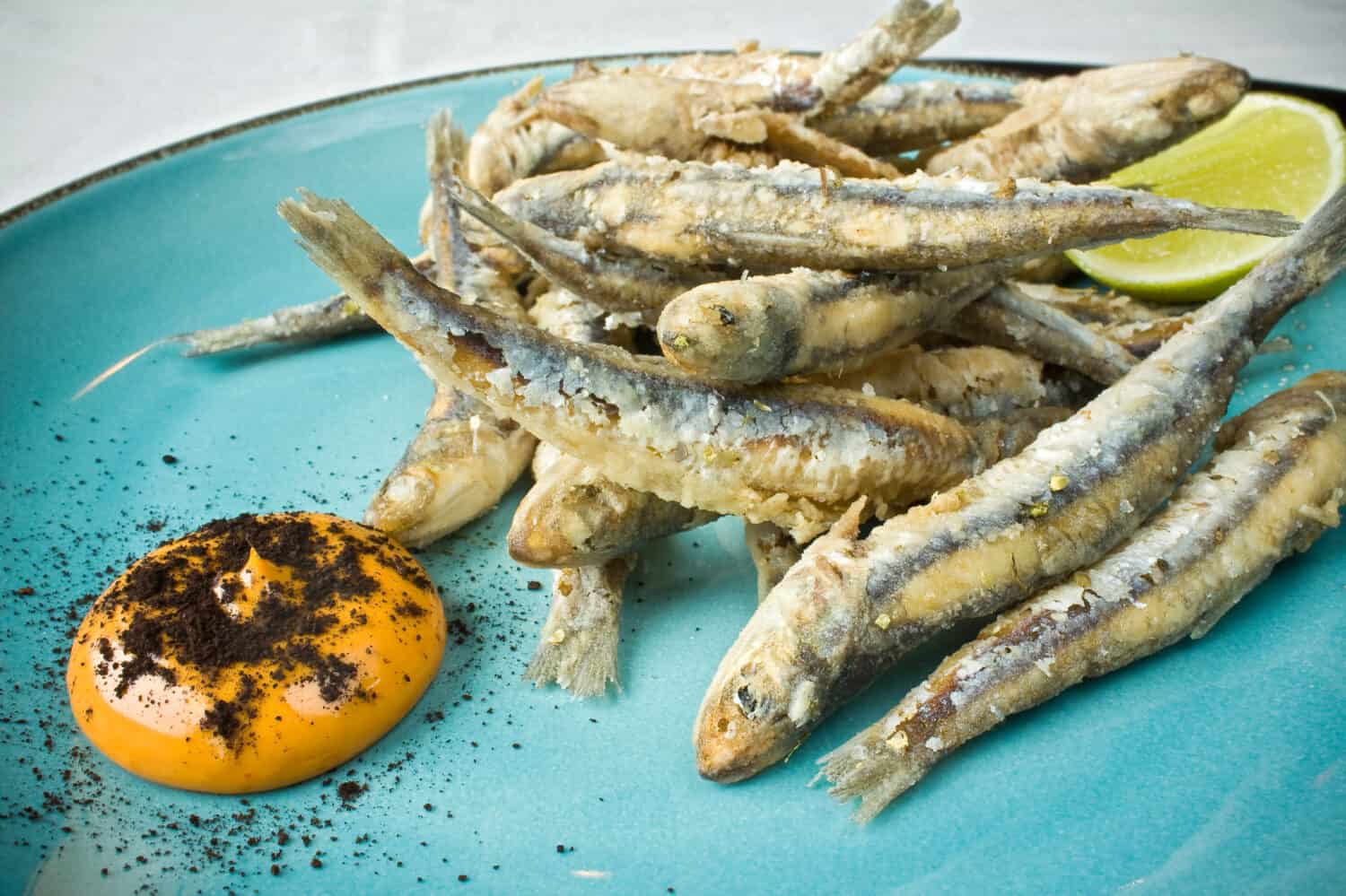
- Origin: Michoacán, Mexico
- Literal translation: Charal (Chirostoma jordani) Silverside fish
Worth Their Salt
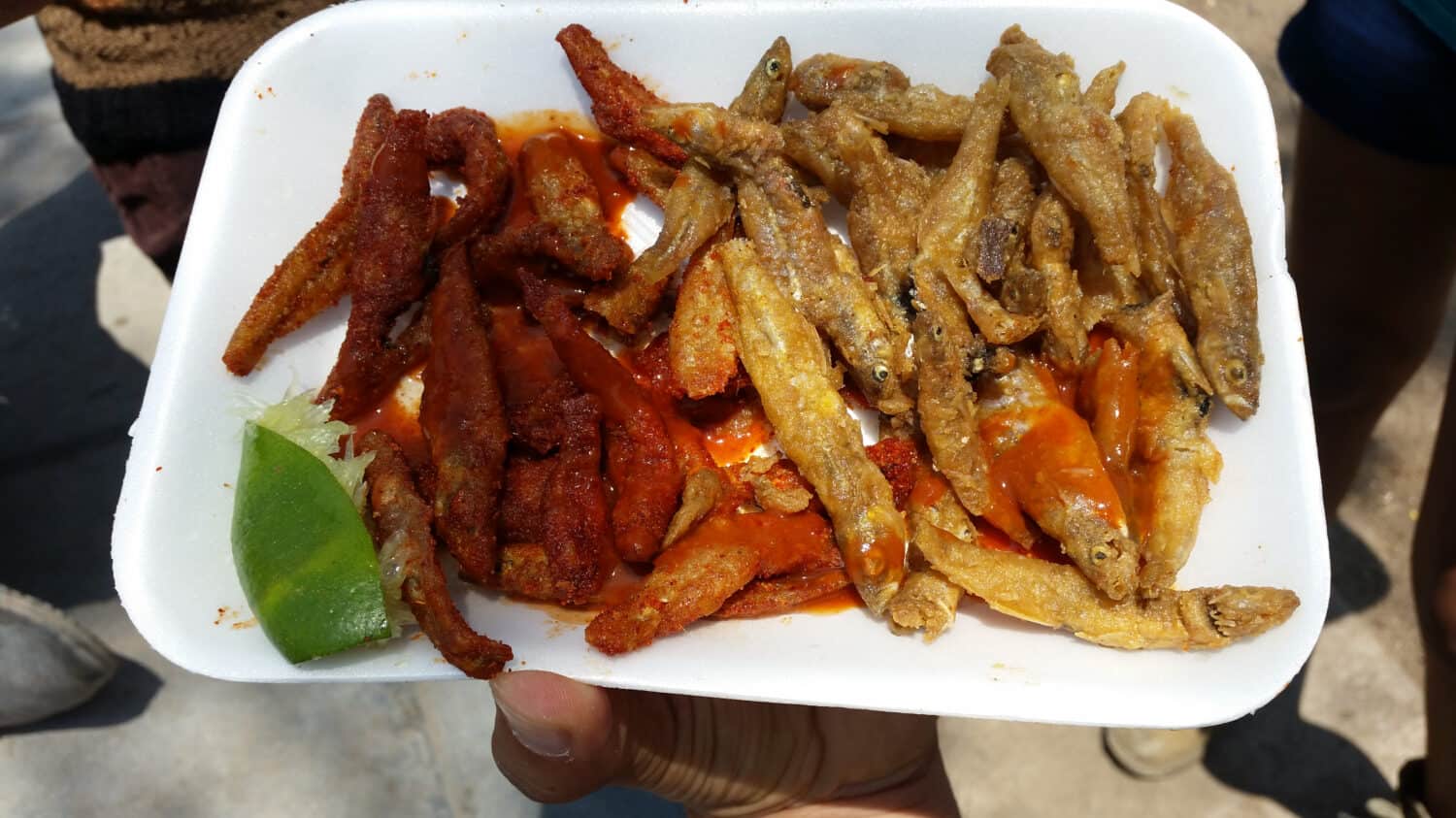
I have a hard and fast rule about not eating anything that’s looking back at me. I’m also not a fan of salt. Actually, I am sort of a fan of salt, but I’m not a fan of high blood pressure. Everything I read about Charal(es), small, minnow-like fish mentions salt. So, between the sodium and the blank stares, this boomer is definitely avoiding ordering these little fishies. Most often served as a savory snack, charales can be consumed fresh, dried, or fried in a light cornmeal batter. Fun fact: The idea of being worth one’s salt is derived from Roman soldiers being paid in salt, the root of the modern word salary.
4. Chinicuiles
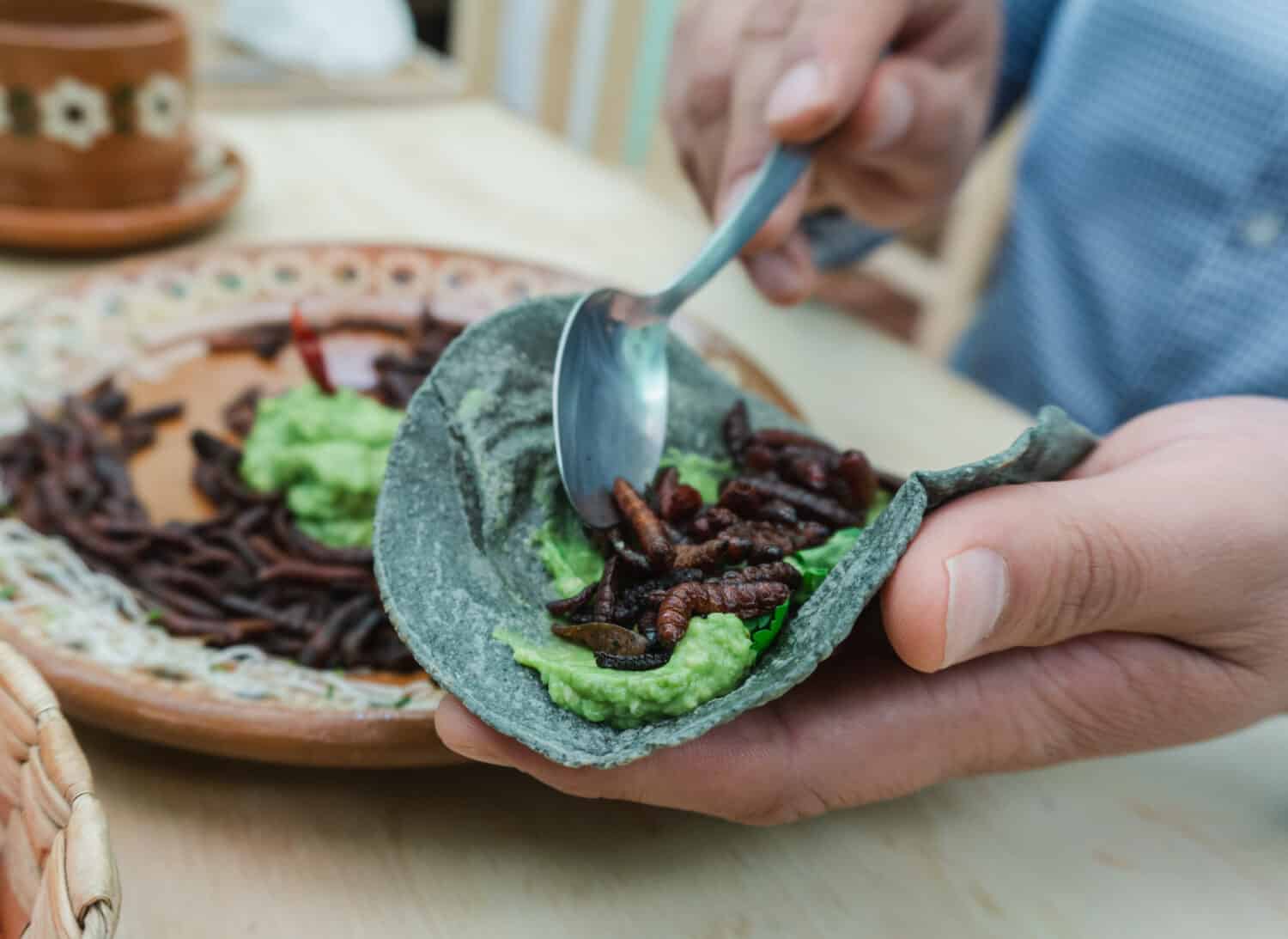
- Origin: Tlaxcala, Mexico; Hildalgo, Mexico (Northwestern Hill Country)
- Literal translation: Maguey worms (Hypopta agavis)
The Early Bird Special Avoids The Worm
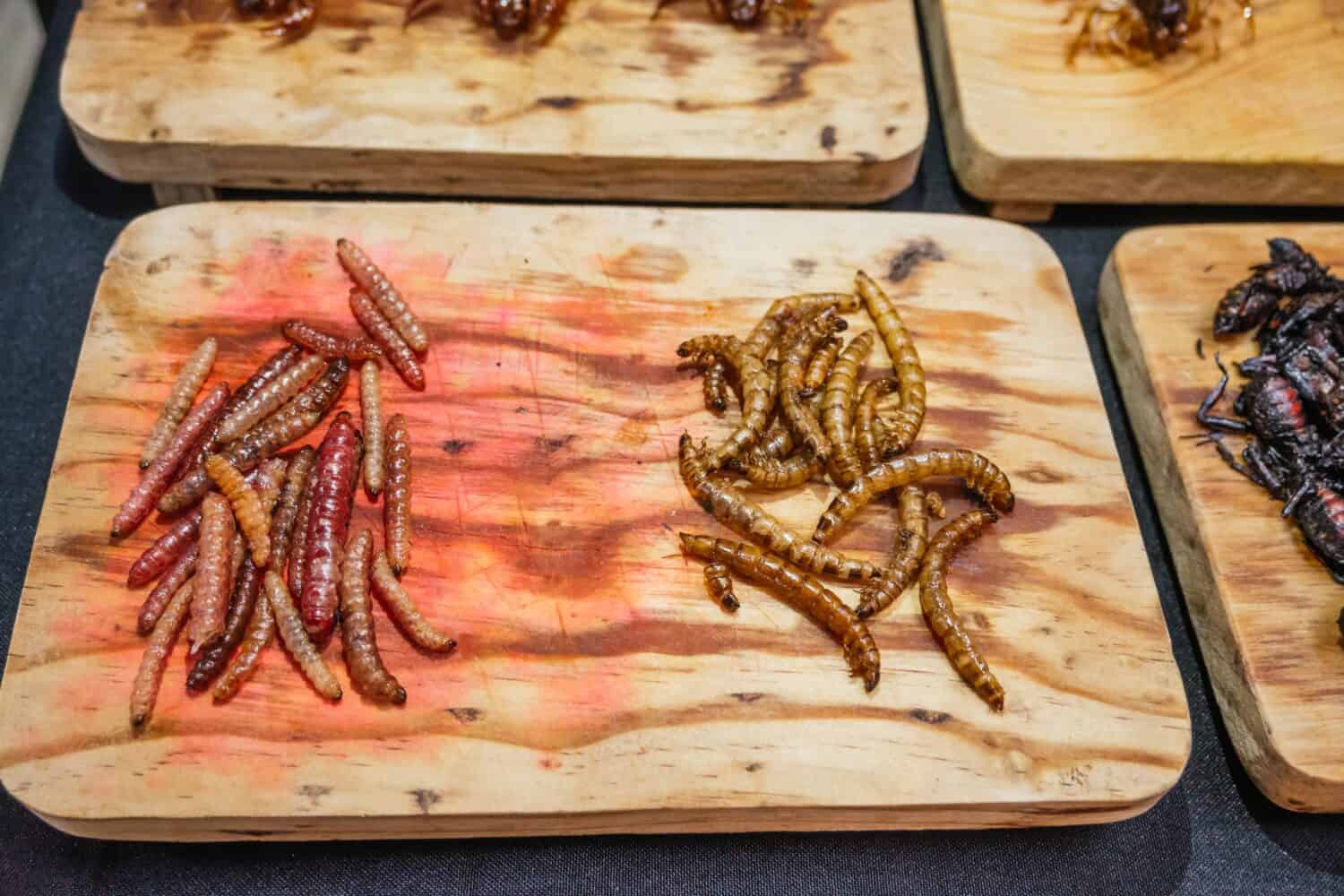
Considered a delicacy in Mexico, maguey worms, the larvae of the tequila giant skipper (Aegiale hesperiaris) butterfly, are caterpillars, not worms, as if that would be the dealbreaker. Chinicuiles are roasted or fried and served with green chilies, lime, and salt, in a tortilla. The flavor has been described as similar to pork rinds. Maguey or agave worms’ diet consisted of the stems and leaves of the agave plant, which is said to give them their flavor. Fun Fact: If your tequila has a worm in the bottle? It’s a maguey worm.
5. Escamoles
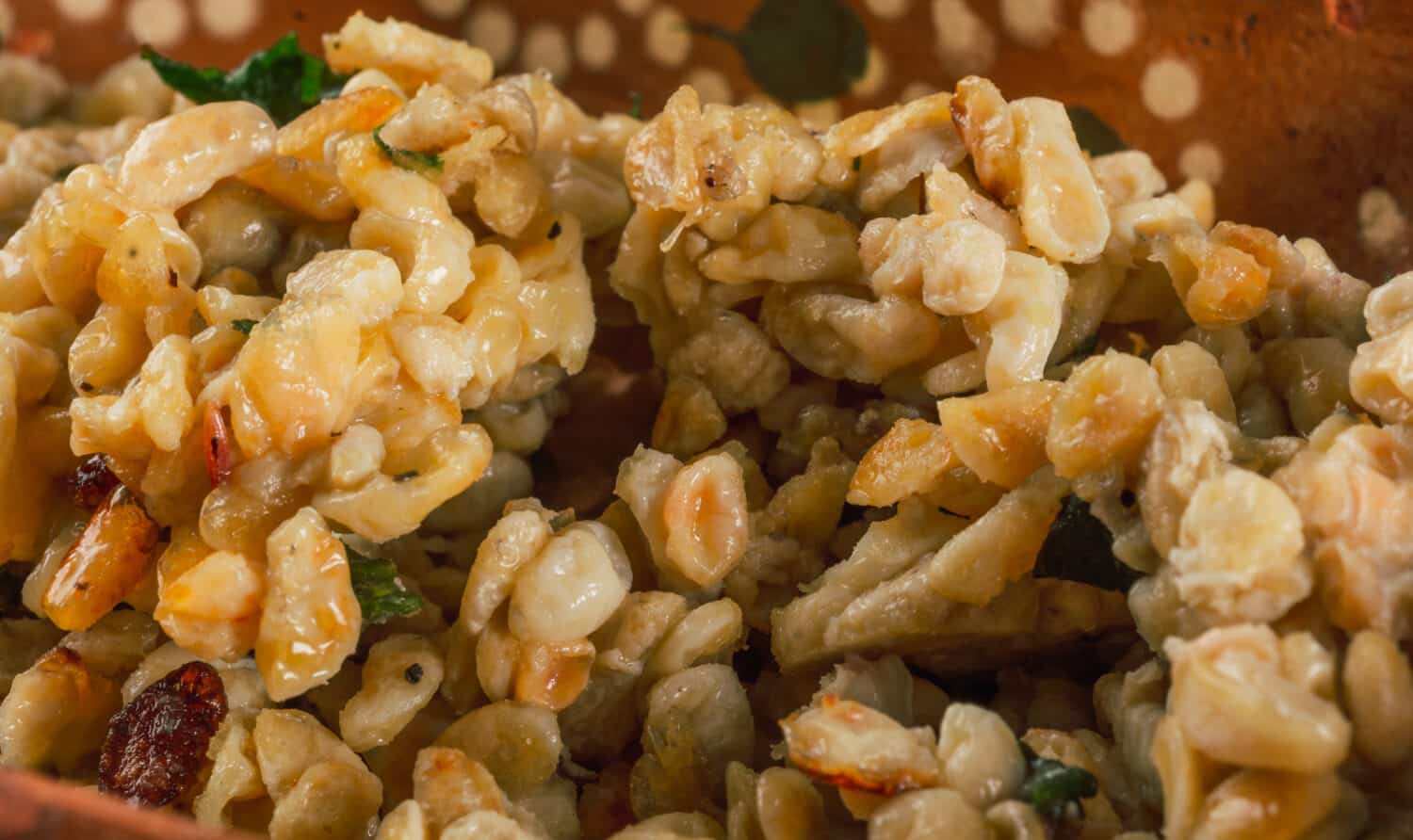
- Origin: Central Mexico including Guanajuato, Hidalgo, Mexico, Michoacan and Puebla, Queretaro, San Luis Potosi, and Tlaxcala
- Literal translation: insect caviar/ant eggs
No Picnics Will Be Ruined

As euphemisms go, insect caviar is now on my list of favorites. Technically, huevos are huevos, I suppose. Escamoles, or ant eggs, are a delicacy in Mexico, where they demand as much as $50.00 per pound. Though the ant eggs provide little in the way of flavor, a 3.5-ounce serving of escamoles has a whopping 42 grams of protein! Lightly sautéed with onion and chiles until they turn white, escamoles are served as tacos.
6. Huitlacoche

- Origin: Central Mexico
- Literal translation: corn smut/corn truffle
Corn Smut
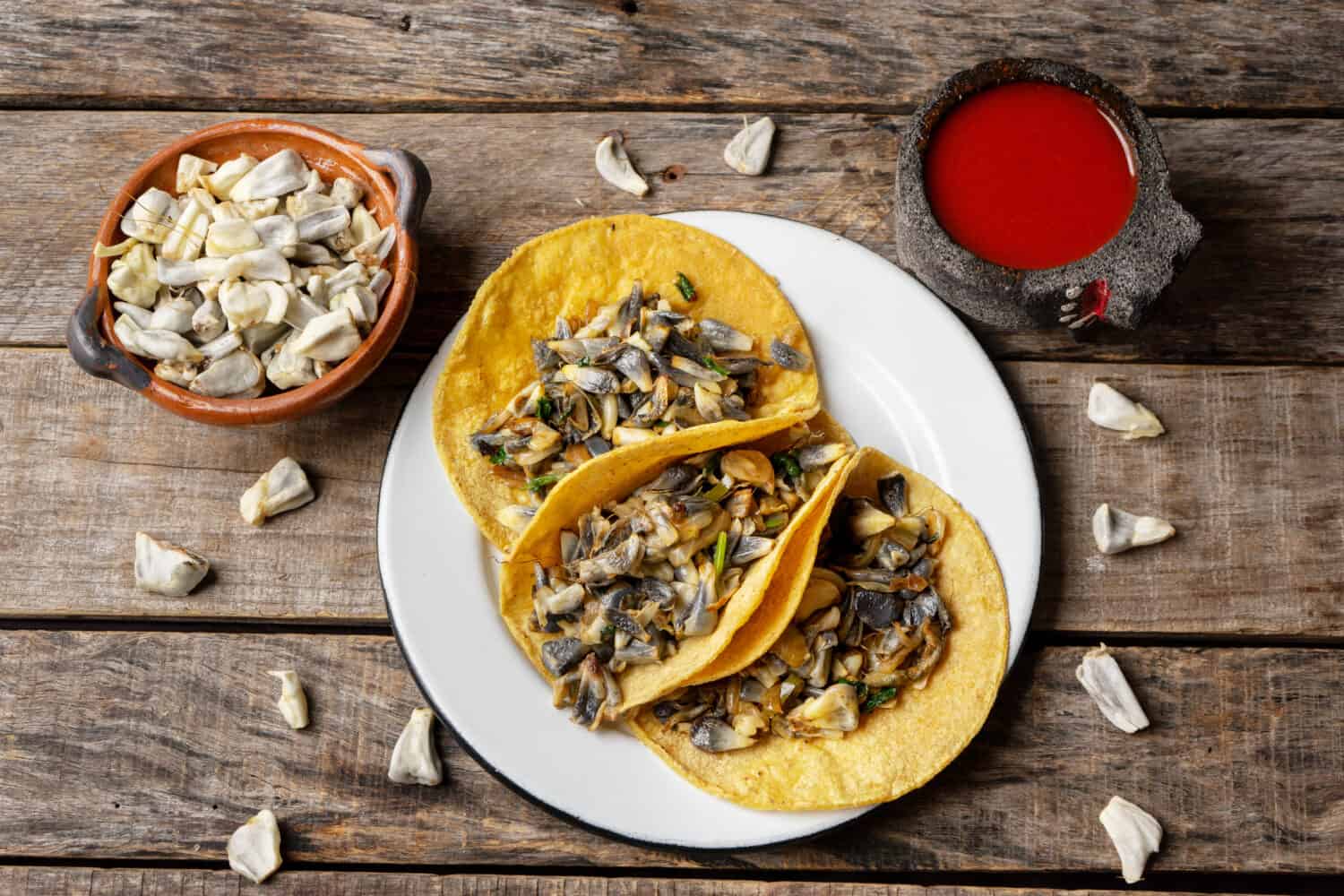
Of the 11 Mexican dishes baby boomers avoid ordering, this is the one I would probably enjoy as long as I wasn’t aware of what I was eating. Many farmers focus their efforts on preventing corn smut because it is considered a plant disease that can reduce crop yield and quality. However, in Mexico, farmers purposefully promote the growth of Ustilago maydis, aka corn smut. In Mexican cuisine, corn smut is considered a delicacy known as huitlacoche. Fungal spores are introduced to ears or tassels of young corn plants, usually by puncturing the husks to allow the spores to enter. Once infected, the fungus grows within the corn kernels, causing them to swell and develop the characteristic black, smutty appearance associated with huitlacoche. Corn smut bestows a rich, mushroom-like flavor, most often used as a quesadilla filling.
7. (Tacos de) Lengua

- Origin: Central and Southern Mexico
- Literal translation: tongue
Tell Me About It
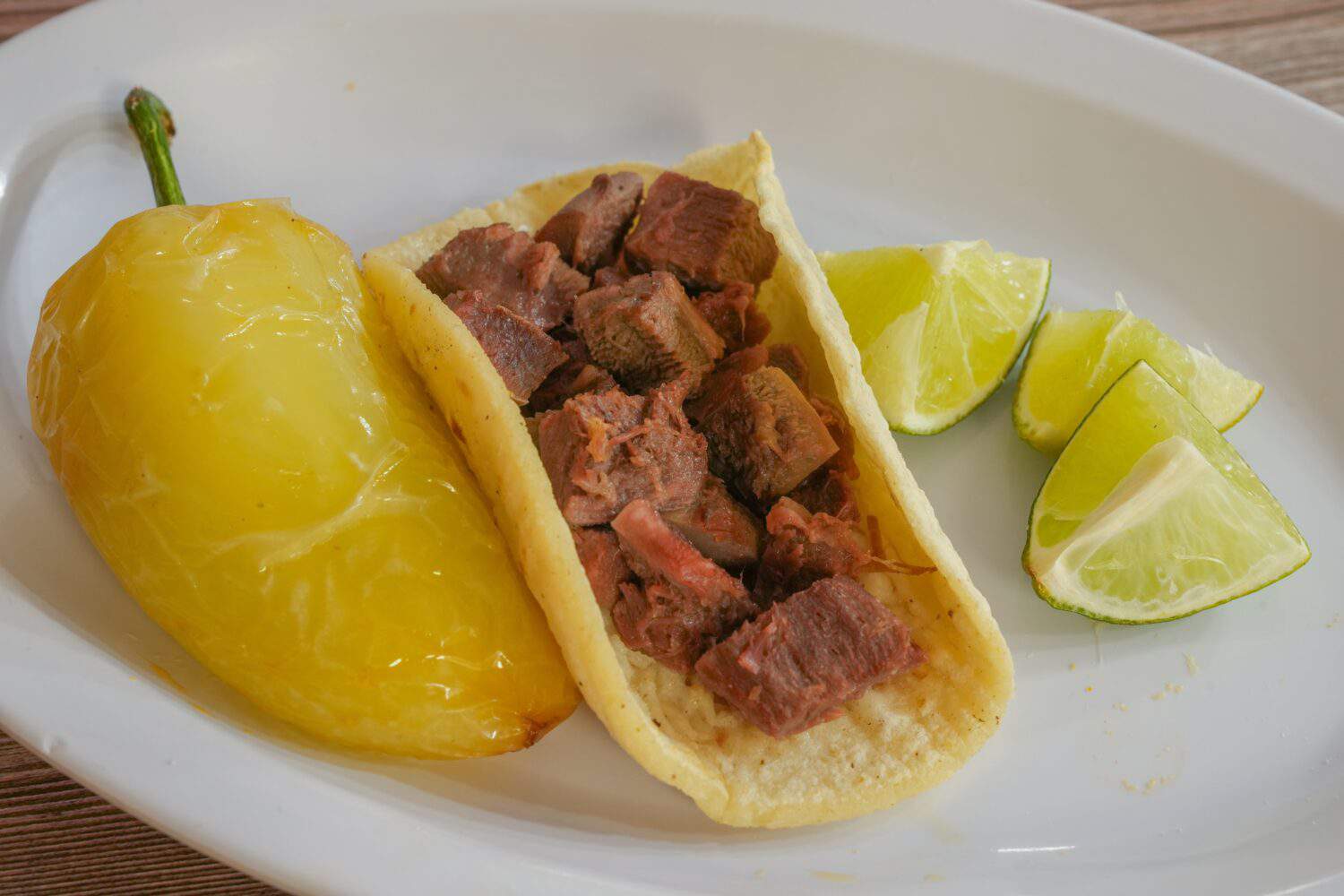
While lengua is popular in Mexican cuisine, the idea of eating tongue might be what deters some boomers from trying this dish. Rumor has it that lengua is quite tasty when prepared correctly. Cooking lengua too quickly results in a rubbery, tough, practically inedible disaster. The secret to the most tender tongue is to simmer it for an hour, or more, depending on its size. Test for doneness by inserting a fork into the meat, which should separate with ease.
8. Menudo/Pancita
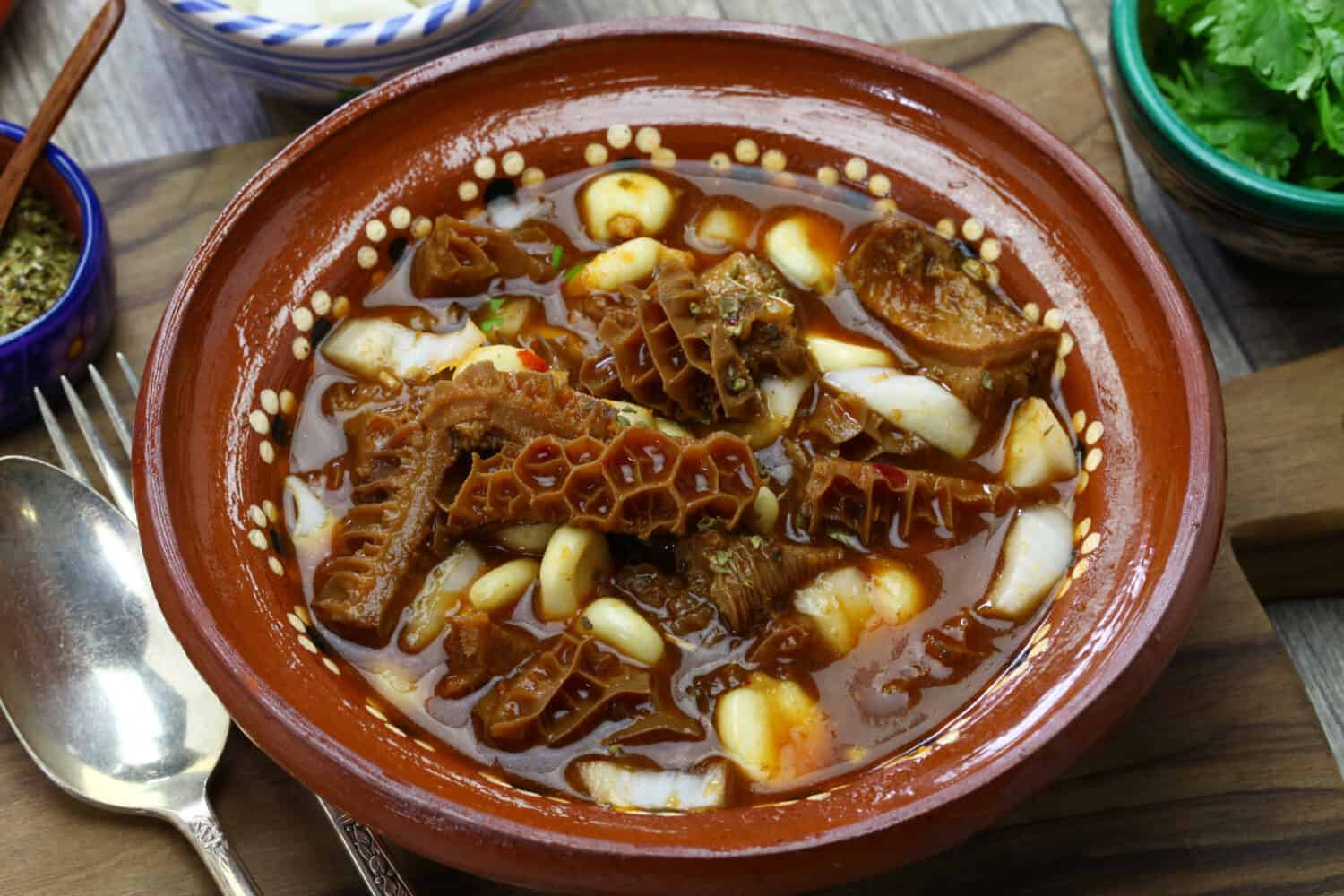
- Origin: Undetermined; Some say Central Mexico, while others point to the North.
- Literal translation: menudo: small or lesser (not a top tier dish) pancita: tummy
Not The Band
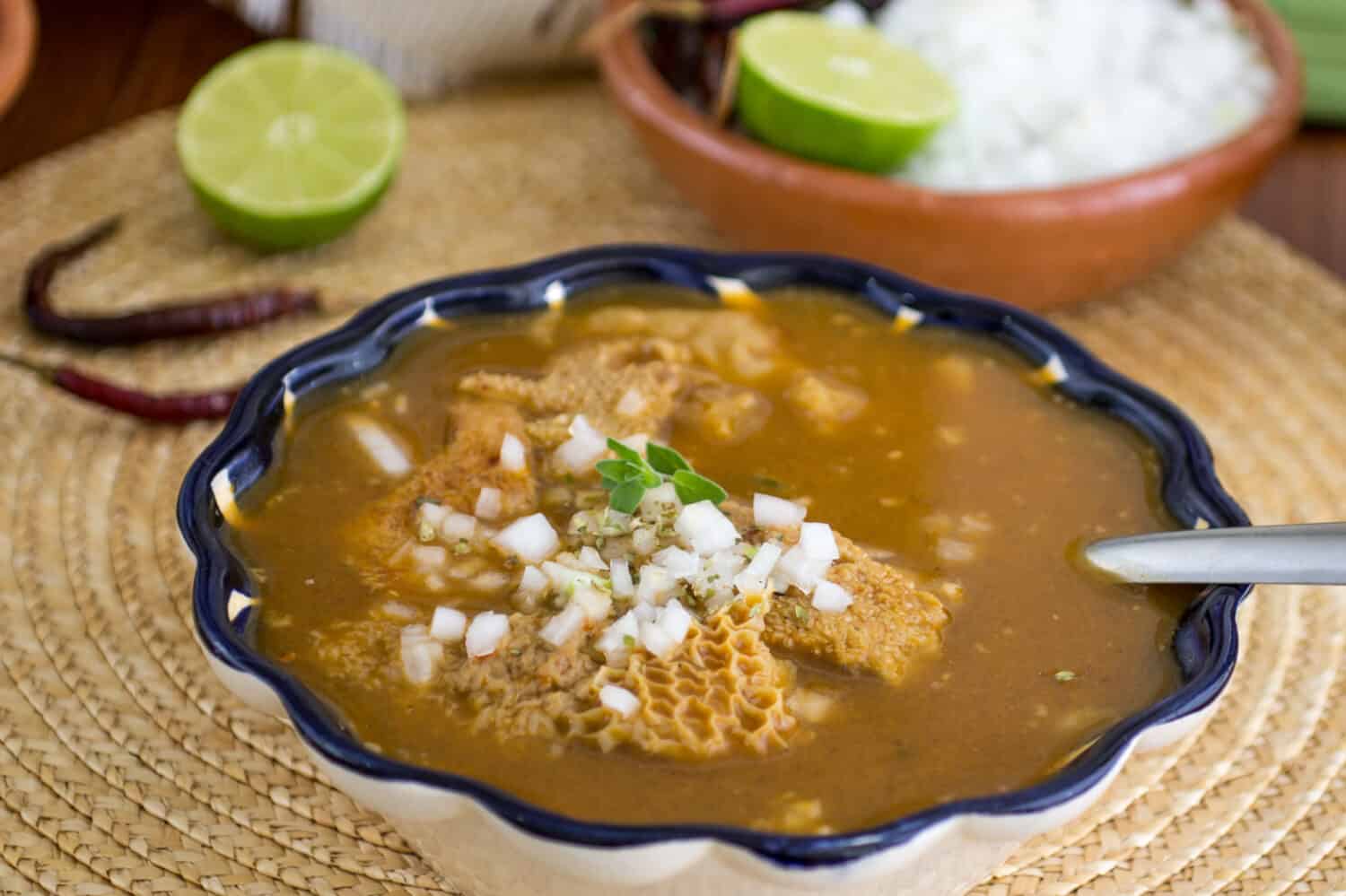
I had to wonder what the Puerto Rican boy band from the 1970s had to do with the Mexican soup dish made from the stomach lining of various animals, principally the cow. Turns out menudo translates to small or slight; in the case of the band, not quite men, and in the recipe, not top-tier meat. The dish is sometimes called pancita, which roughly translates to tummy. Menduo is a Mexican caldo (soup) made from tripe, red chilies, and hominy, coarsely ground corn. The tripe resembles a wasp’s nest and looks every bit as appetizing. On our list of 11 Mexican dishes baby boomers avoid ordering, Menudo would be in my top 3. According to the experts, cooked ever so slowly, tripe ain’t half bad. I’ll have to take their word for it.
9. Mole
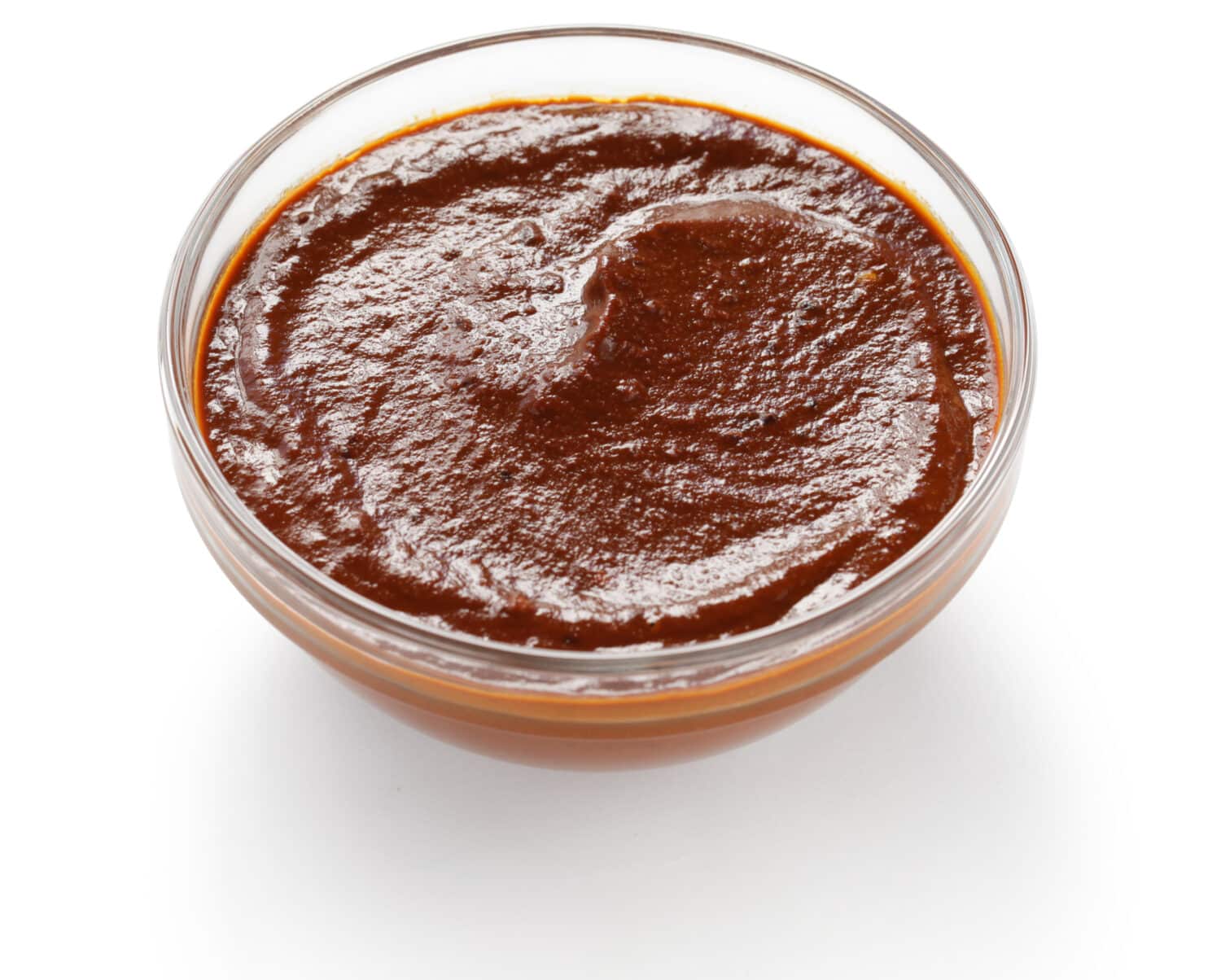
- Origin: Oaxaca, Mexico; Puebla, Mexico
- Literal translation: Sauce
Olé For Mole

There’s some debate about the origin of mole (pronounced mo-lay), which translates to sauce. Also called mole poblano, one popular legend attributes the creation of mole to the nuns at the Convent of Santa Rosa in Puebla, Mexico. According to this legend, 16th century nuns improvised a sauce using what they had available to serve to a visiting archbishop. They combined chili peppers, spices, nuts, chocolate, and other ingredients to create a rich sauce that became known as mole poblano.
Another story suggests that mole poblano originated in Oaxaca, popular for an array of moles – from mole negro to mole rojo. Why do boomers avoid mole? From too rich to too busy, mole is just too much.
10. Nopalitos
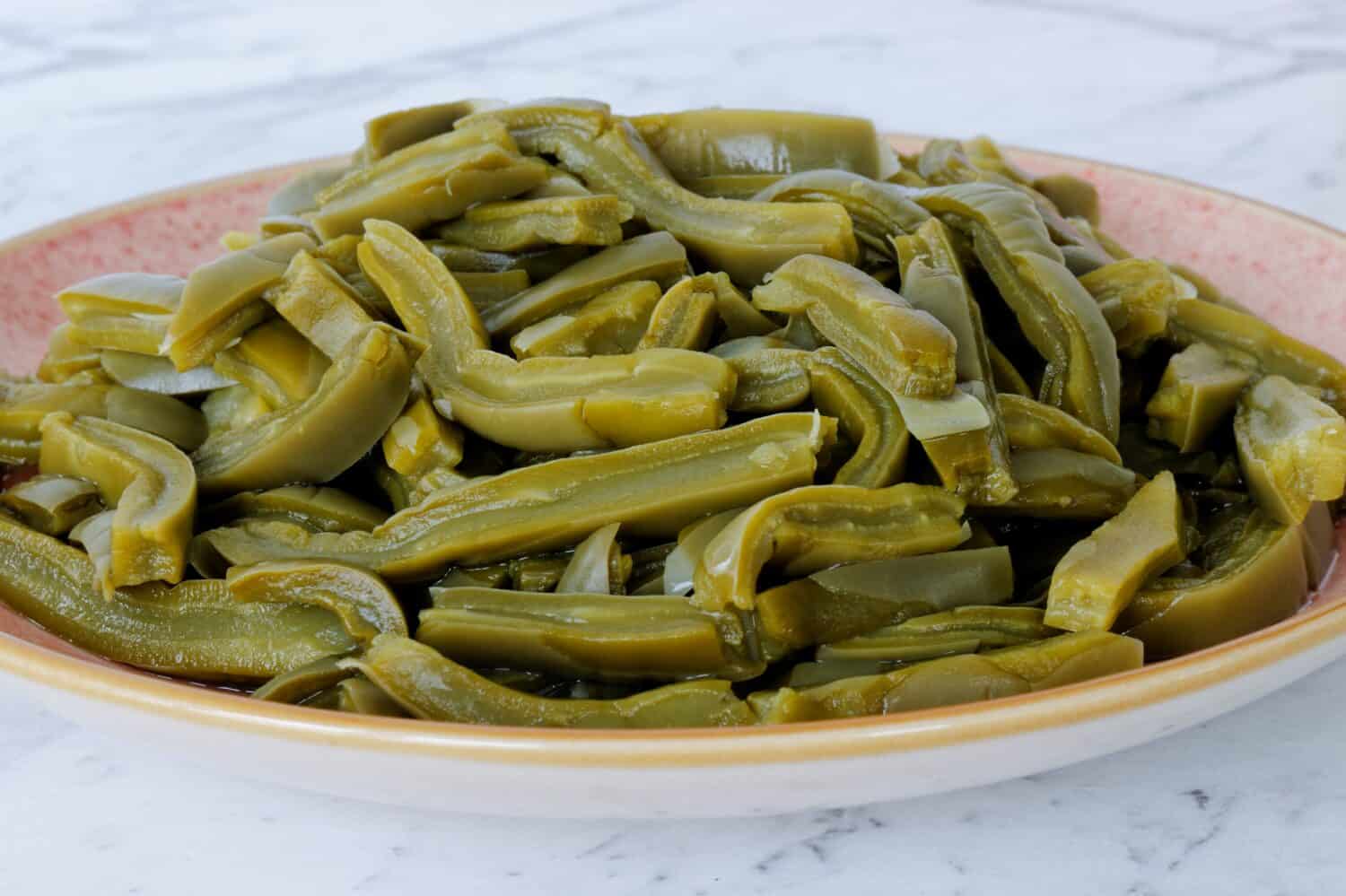
- Origin: Oaxaca, Mexico; Puebla, Mexico
- Literal translation: strips of prickly pear cactus
Just Say No
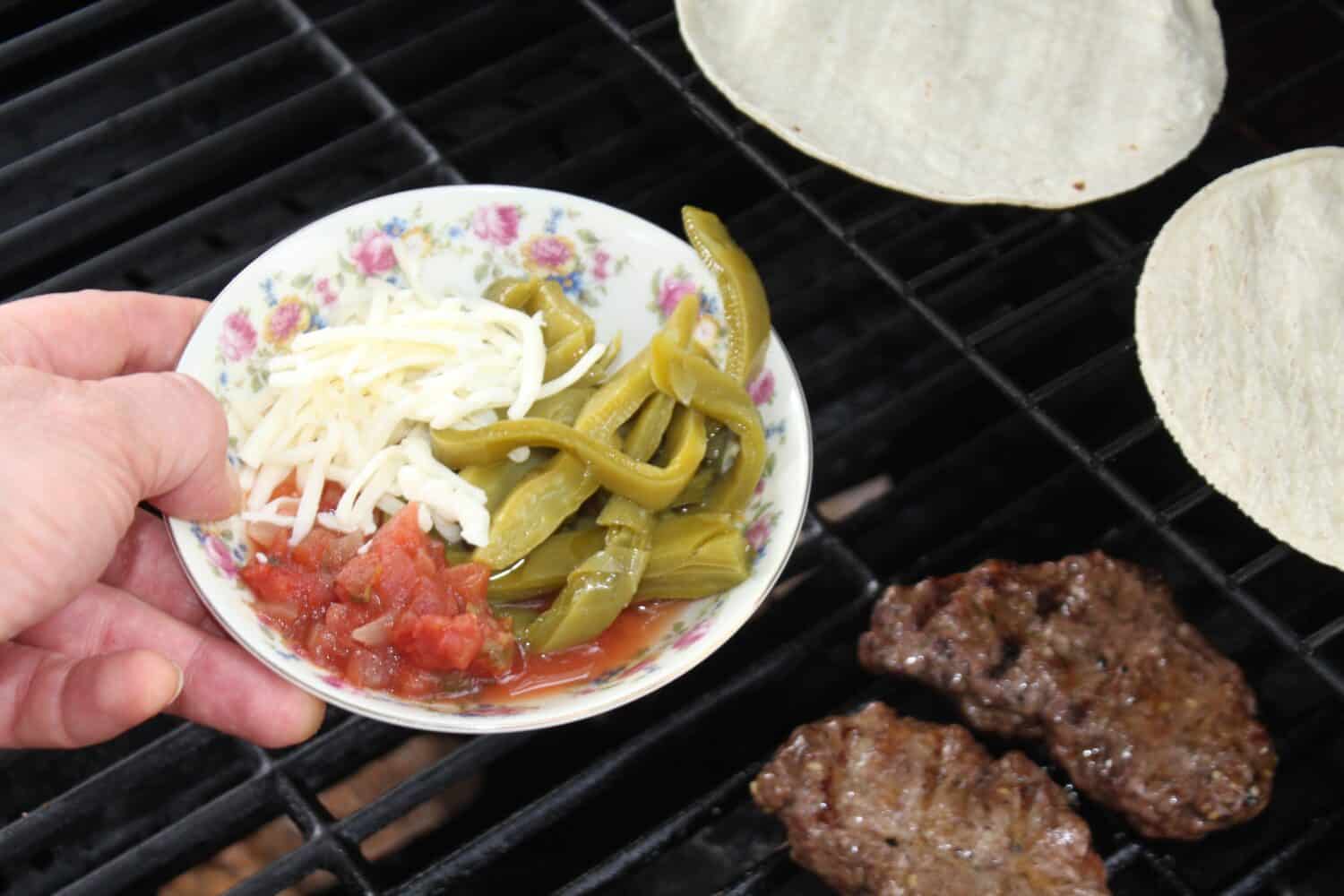
The final product looks and (reportedly) tastes very similar to green beans. Nothing alarming or untoward there, but like worrying about an errant bone in a fish fillet, I’d be concerned about pricking my tongue on a leftover spine from nopalitos, which are the pads of the prickly pear cactus (Opuntia). Nopalitos are cooked similarly to many vegetables, sautéed until tender, and then simmered in a liquid base. Primarily served as a side dish, nopalitos are also used as a base in vegetarian tacos. Napolitos are low-calorie but contain very little in the way of protein. Boomers need their protein.
11. Tripas
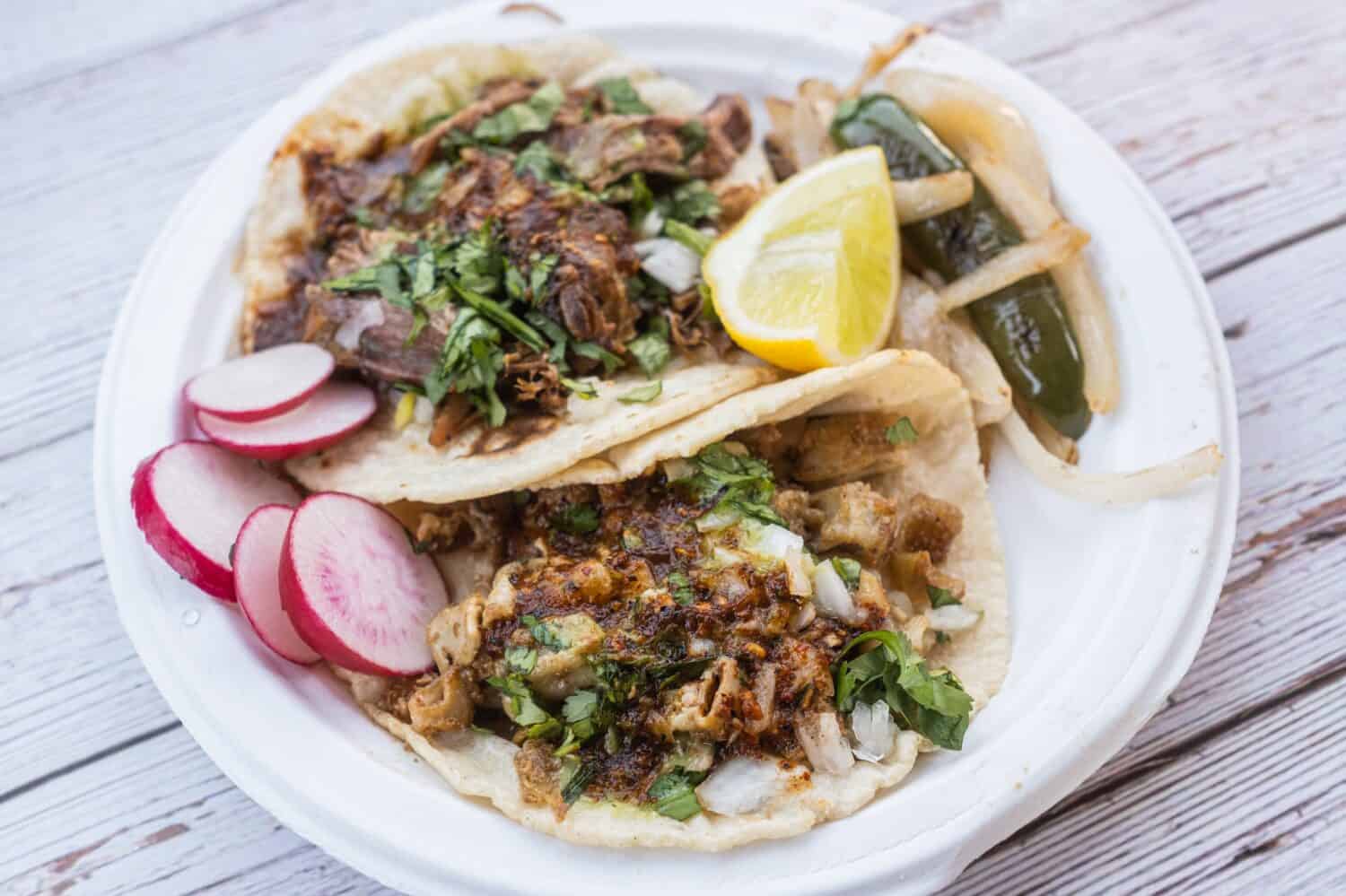
- Origin: Came to Mexico via Portugal
- Literal translation: chitterlings, chitlins, cow stomach
Boomers Can’t Stomach Tripas
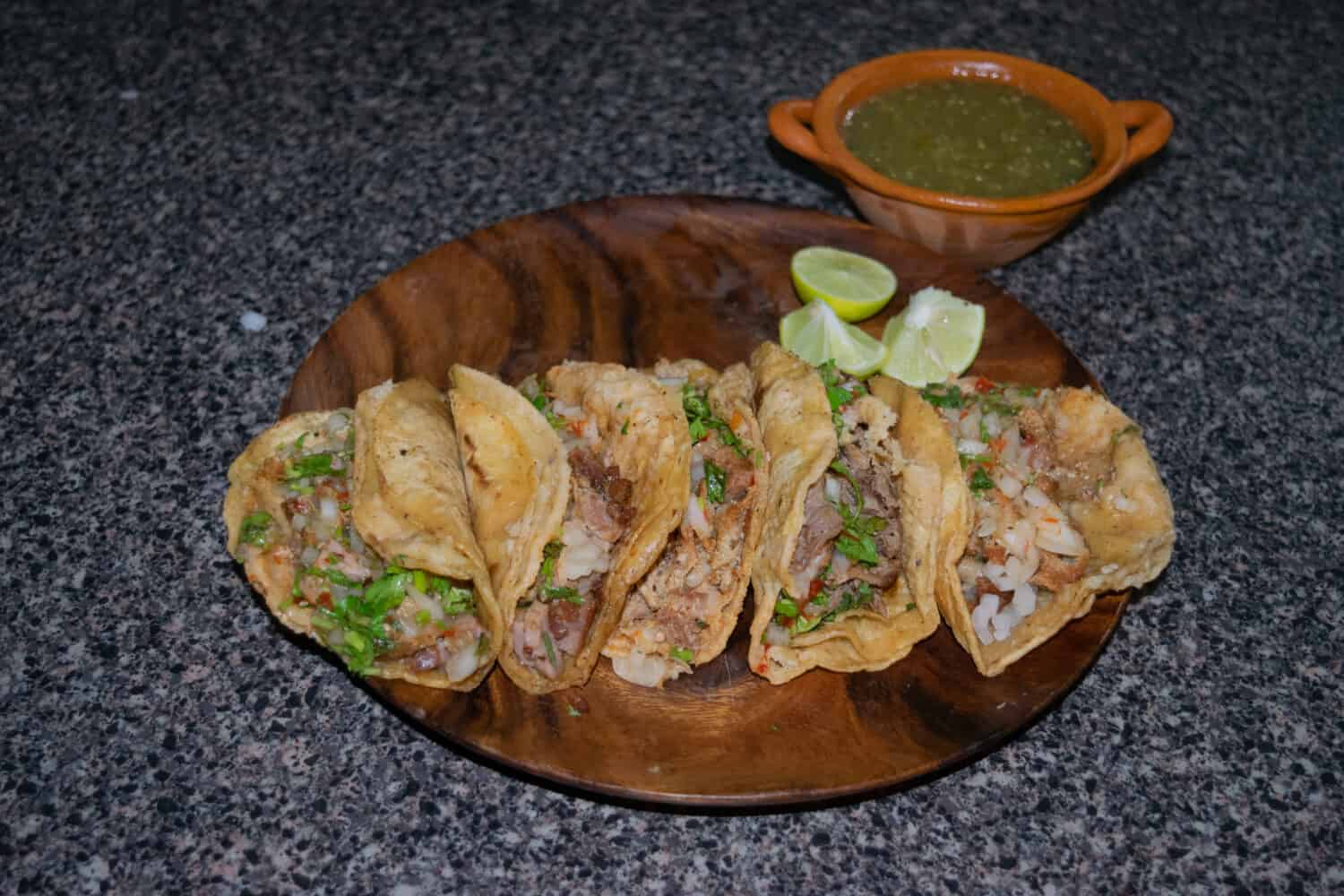
Like menudo, the main ingredient in tripas is cow’s stomach. Like lengua, if cooked slowly, tripas is a gustatory delight. Low in calories and high in protein, tripas is also an excellent source of vitamin b-12, which fights anemia. So while it appears that tripas would be a good choice for baby boomers, they still avoid ordering it. That thing they say about age and wisdom? Yeah, it’s just a thing they say.
Take This Retirement Quiz To Get Matched With A Financial Advisor (Sponsored)
Take the quiz below to get matched with a financial advisor today.
Each advisor has been vetted by SmartAsset and is held to a fiduciary standard to act in your best interests.
Here’s how it works:
1. Answer SmartAsset advisor match quiz
2. Review your pre-screened matches at your leisure. Check out the advisors’ profiles.
3. Speak with advisors at no cost to you. Have an introductory call on the phone or introduction in person and choose whom to work with in the future
Take the retirement quiz right here.
Thank you for reading! Have some feedback for us?
Contact the 24/7 Wall St. editorial team.
